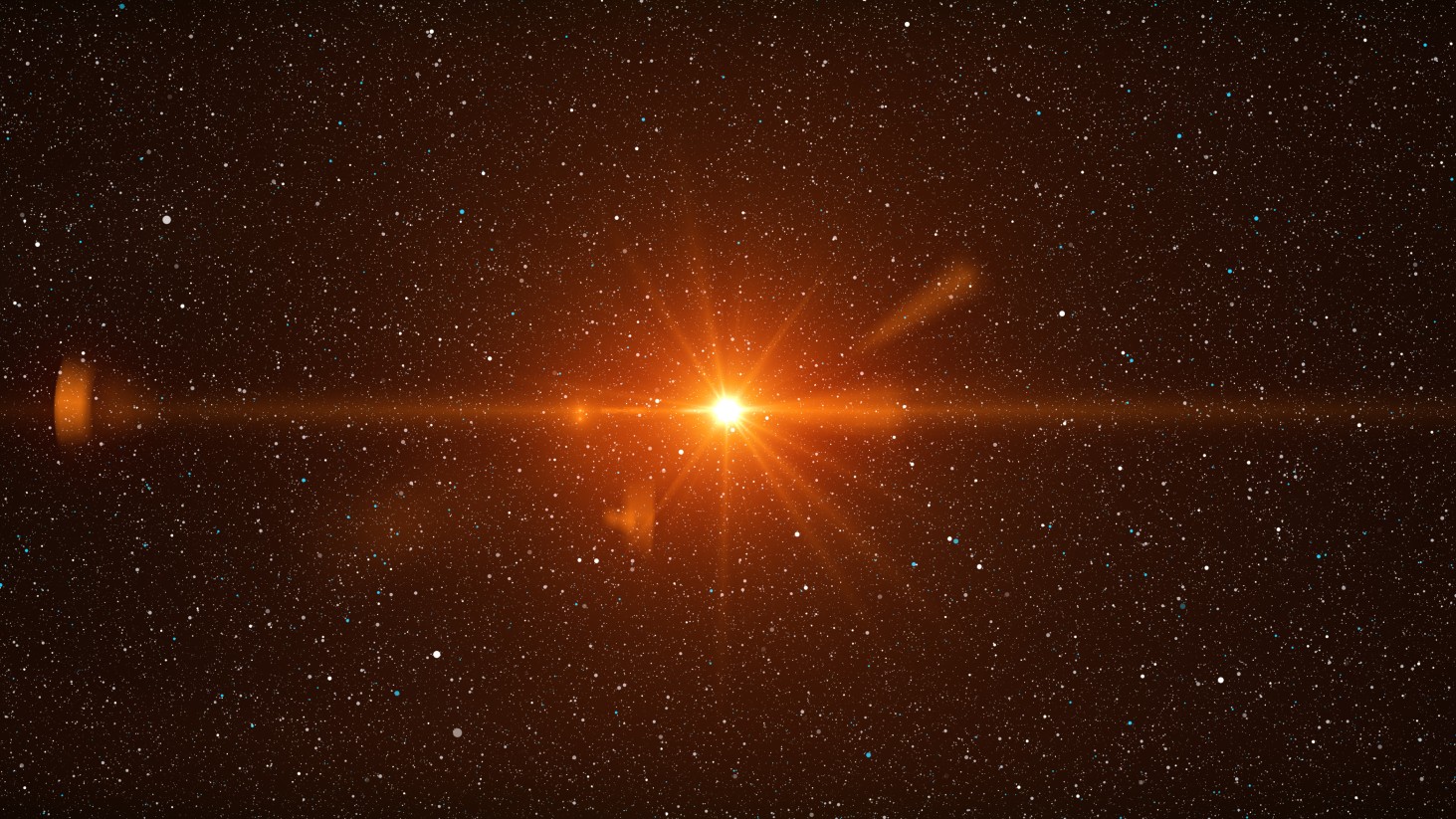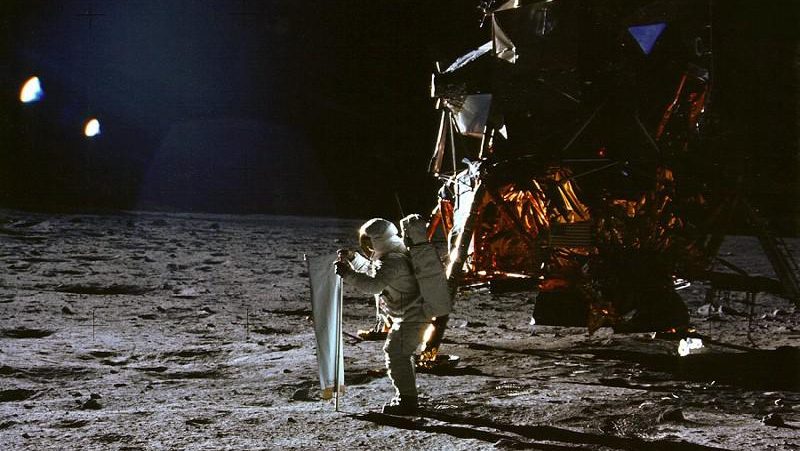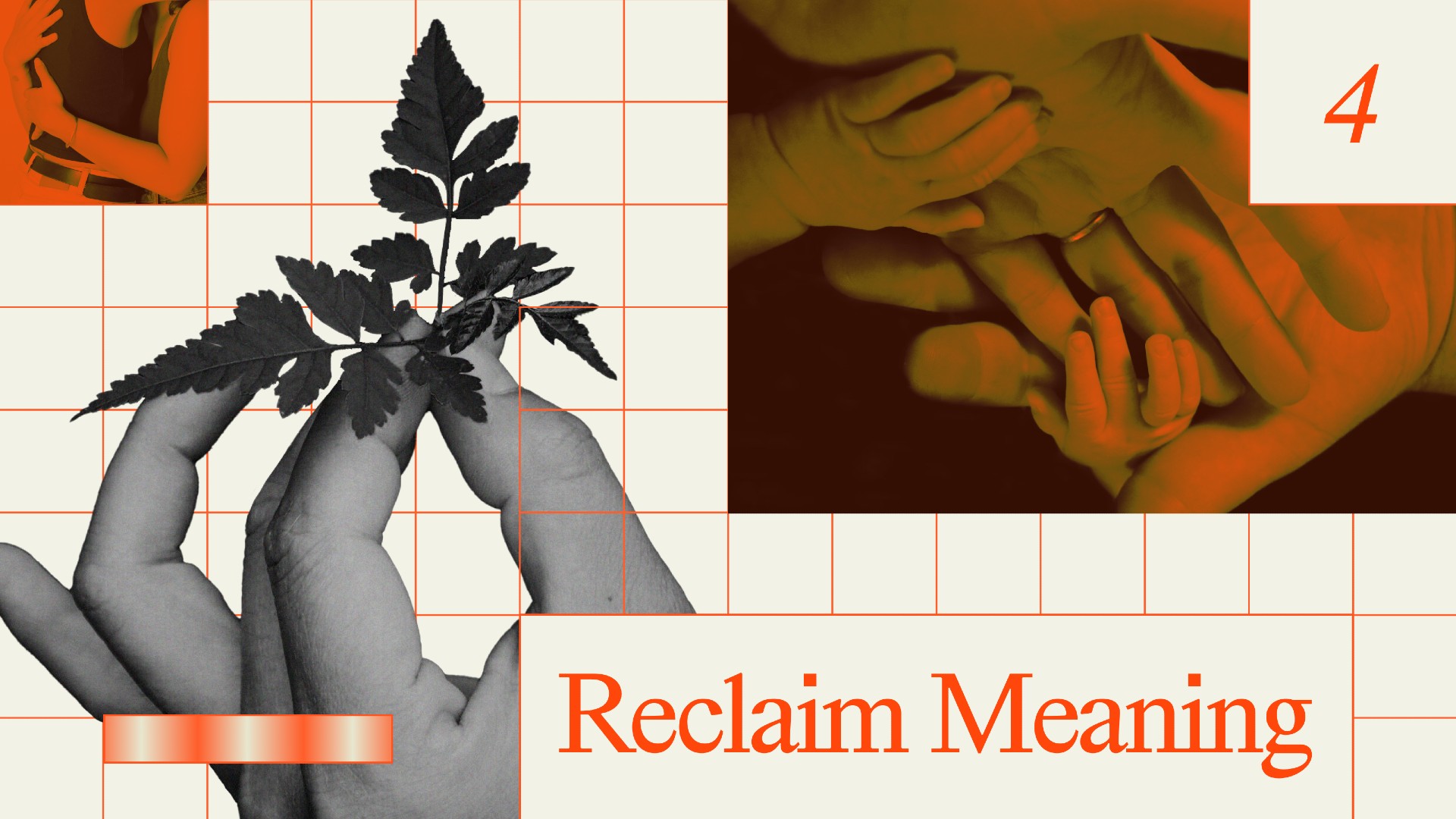Great moments in marijuana history are being revealed

Photo courtesy of the author
- Cannabis journalists David Bienenstock and Abdullah Saeed launched Great Moments in Weed History to share the history of marijuana.
- They cover hilarious and amazing weed tales about Willie Nelson. Louis Armstrong, Barack Obama, and Fela Kuti.
- In this interview with Big Think, Bienenstock says it’s essential to keep the history of marijuana alive in the corporatized age.
Louis Armstrong was a prodigious sweater, though that was usually when he was blowing on his trumpet. Having just completed an international tour as a Goodwill Ambassador for the US government, he was waiting in line at customs at New York’s Idlewild Airport in 1958. Until this day he had never had to wait in line to go through customs. As a representative of the government (and one of the nation’s most beloved jazz musicians), Armstrong was usually waved through.
The problem was he had three pounds of marijuana stashed in his suitcase.
When then-Vice President Richard Nixon approached Armstrong, the politician had no clue why he was sweating so much. He only expressed his deep love for the artist. In a moment destined for the history books—and in this case, podcasts—Nixon asked Satchmo if there was anything he could do for him. Yes, Armstrong replied, carry my luggage through customs. That is how the man who became notorious for codifying Harry Anslinger’s racist drug policing as the “War on Drugs” became a drug mule for his favorite musician.
That is only one of the many tales featured on the podcast, Great Moments in Weed History, hosted by cannabis journalists David Bienenstock and Abdullah Saeed. For Bienenstock, who started working as a cannabis journalist in 2002 (playing that role for both High Times and Vice), it’s important to preserve the legacy one of the planet’s most important plants. During a time when most headlines discuss how much money the cannabis industry is raking in, he wants to remind everyone what led to this point in history. As he told me last week,
“There’s so many incredible cannabis history stories that if we don’t tell them, I don’t know who’s going to. A lot of what’s in the media these days is about who’s going to make a lot of money with big businesses moving in. That’s an important story, but it doesn’t tell the story of what this community overcame and survived. The more I get into stories like Willie Nelson smoking a joint on the roof of the White House or Napoleon invading Egypt is how hashish got to Europe, you just realize that these stories are not just fun and interesting, but a really important and a big part of human history.”
This community, of course, was saddened to learned that Willie Nelson recently announced he stopped smoking. Yet as his son confirmed, there are other means to enjoy cannabis, such as “vaping, edibles, gummies, drops, etc.,” all of which his father will continue to partake in.
‘Great Moments in Weed History’ Is Your New Favorite Podcast | NowThis
If anyone has the right to get in on the cannabis industry, it’s Nelson, along with perhaps Snoop Dogg—both men have started marijuana companies. The corporate attitude is why Bienenstock left High Times after serving for many years as the publication’s Head of Content. He met Saeed while working on Vice Media’s marijuana cooking show, Bong Appetit. Downtime allowed the two men to bond over joints and stories, a trend that has found new life on the podcast: they always record high.
Investing some money in DYI podcast equipment, they created Season One by talking about the cannabis-related tale behind one of Fela Kuti’s most famous songs, “Expensive Shit,” Carl Sagan’s love of lighting up, Maya Angelou’s overlooked love for sticky buds, and Bob Dylan smoking out the Beatles for the first time. Sure, Introducing… The Beatles is a fun album, but you don’t get to Rubber Soul or Revolver without Dylan’s influence. Even Kuti needed the good herb to transform from James Brown-meets-jazz cover artist to the creator of Afrobeat, arguably (in my opinion, inarguably) Africa’s greatest musical contribution in the twentieth century. (Okay, it’s in tough competition with Tuareg music, but that’s for another time.)
Bienenstock doesn’t want to lose this rich history in the face of the sordid history that legislation against cannabis has caused in the last century.
“I’m 100% against anyone getting arrested for cannabis for any reason. To the extent that we are stopping those arrests [due to legalization] is such an incredible thing, not just for people who smoke pot, but for everyone. That benefits society at every level. When I first started reporting on cannabis in 2002, almost every story was about people having their lives ruined, having their children taken away from them, having their doors kicked down in the middle of the night. Obviously, that still goes on, not just in certain States, but all around the world.”
Which is why he keeps referring to cannabis as a “fight,” given all that so many have endured over the last hundred years. That doesn’t given the capitalist attitude toward marijuana legalization a free pass. Bienenstock might be all for taking criminalization off the books, yet how we approach the plant as a society matters, and some companies are getting it wrong.
“The buying and selling of cannabis has been going on as long as the buying and selling of anything else. But now we are moving it into a capitalistic system that I believe corrupts everything, at least in the way that we have it in the United States, where the richest and most powerful people have undue influence over everything. Now they want to have undue influence over cannabis. That’s going to be a very tough fight. But I believe in this community. That’s one of the recurring themes in the show. Every episode is about a different sort of triumph of the cannabis community.”

The jazz trumpeter and singer Louis Armstrong, also known as Satchmo, shouts with delight as his fellow performer Edmund Hall takes a bow after a solo at a 1956 concert.
Photo by © Hulton-Deutsch Collection/CORBIS/Corbis via Getty Images
After going DYI for Season One, the duo teamed up with Spoke Media for Season Two, putting some might behind the storytelling. The initial format had Bienenstock relating a historical tale that Saeed had no prior knowledge of. His reactions are in the moment—Flavor Flav’s ad libbing to Chuck D’s knowledge—making for a wonderful blend of education and humor. In the second season they split that format; Saeed now plays Chuck half the time, a flow they’ll be continuing moving forward.
They cover familiar figures in enlightening deep dives during the latest season, including President Obama’s involvement in the weed-smoking Choom Gang (he inhaled) and a memorable story that any fellow Gen Xer that grew up loving wrestling will adore: “Hacksaw” Jim Duggan and The Iron Sheik getting high together.
Bienenstock doesn’t reveal any of Season Three—it would ruin the surprise if Saeed happens to catch this article. We instead end our talk discussing CBD, the marketed wonder-drug that, as I’ve written about in this column, we should be skeptical of, not because of its wonderful therapeutic capabilities, but because companies are racing their horses while the carts haven’t left the stable. Bienenstock introduces me to Project CBD, which he says is the premier destination for credible research on the cannabinoid.
Bienenstock also references a 2014 Vice article he wrote on families moving to Colorado to offer this substance to their children. The FDA-approved Epidiolex remains the only cannabis-related drug to legally be sold on the pharmaceutical market, but just five years ago families had to endure their young children’s endless rounds of seizures. Efficacy rates are an important component in this movement, though Bienenstock warns about gas station tinctures.
“My biggest area of concern at this point is what is your source of CBD? If you’re buying it at a gas station or a truck stop or Bed Bath & Beyond, where was that CBD derived from and is it actually in the amount that’s on the packaging? If you’re using CBD for ‘wellness,’ that’s very different than if you’re trying to treat a specific ailment. Even if that ailment is something like anxiety or chronic pain, it’s hard to find information on what specific doses you should use.”
When I follow up by mentioning my skepticism of the $10 CBD coffee at your local coffee shop, he replies by saying, “I think what you’re talking about is the Carl’s Jr. CBD hamburger.” Just as with Great Moments in Weed History, our conversation ends with a laugh.
—
Stay in touch with Derek on Twitter and Facebook. His next book is Hero’s Dose: The Case For Psychedelics in Ritual and Therapy.





